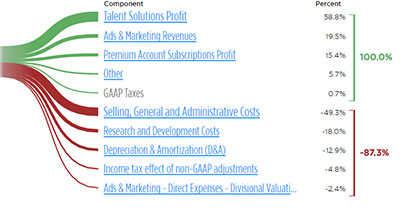

Consequently, each coefficient represents the portfolio weight of the corresponding index fund in a portfolio that duplicates the pattern of returns, and therefore management style, of the Active fund.” Tower is looking at so-called risk-adjusted returns, known on Wall Street as “alpha.” (Greek names are popular on Wall Street, where many alphas, betas, gammas and deltas have paid for a nice, brand-new Omega.) As Tower writes, “Following William Sharpe, I regress the monthly return of each Active fund on the monthly returns of Vanguard’s index funds, constraining the sum of the coefficients to one. There again, it depends on what you are measuring. An alternative approach finds similar results for Vanguard’s global, international, sector, and specialty funds.” Out of 16 Vanguard active funds, he says, only five did worse than their benchmarks. “The same result obtains for Fidelity diversified domestic active funds. “I find diversified domestic active funds beat their indexed counterparts,” he writes.

Tower argues that this isn’t an outlier, and that when you compare active funds run by Vanguard (and Fidelity) with corresponding index funds, outperformance is the norm. Vanguard’s low-cost index alternative, the Vanguard midcap Growth ETF Vanguard Capital Opportunity picks so-called “midcap growth” stocks, meaning faster-growing stocks typically with a market value between $2 billion and $10 billion. Mutual fund, for example, has been crushing its competing index fund for years, he reports. It is a powerful argument and has plenty to commend it.īut an entertaining research paper from economist Edward Tower, professor at Duke University, raises an awkward point. Even though Vanguard is the pioneer of index funds, he points out, the firm’s own mutual funds sometimes disprove the rule. Just ask any Boglehead-meaning a disciple of the late Jack Bogle, the prophet of index funds and founder of index giant Vanguard.


 0 kommentar(er)
0 kommentar(er)
